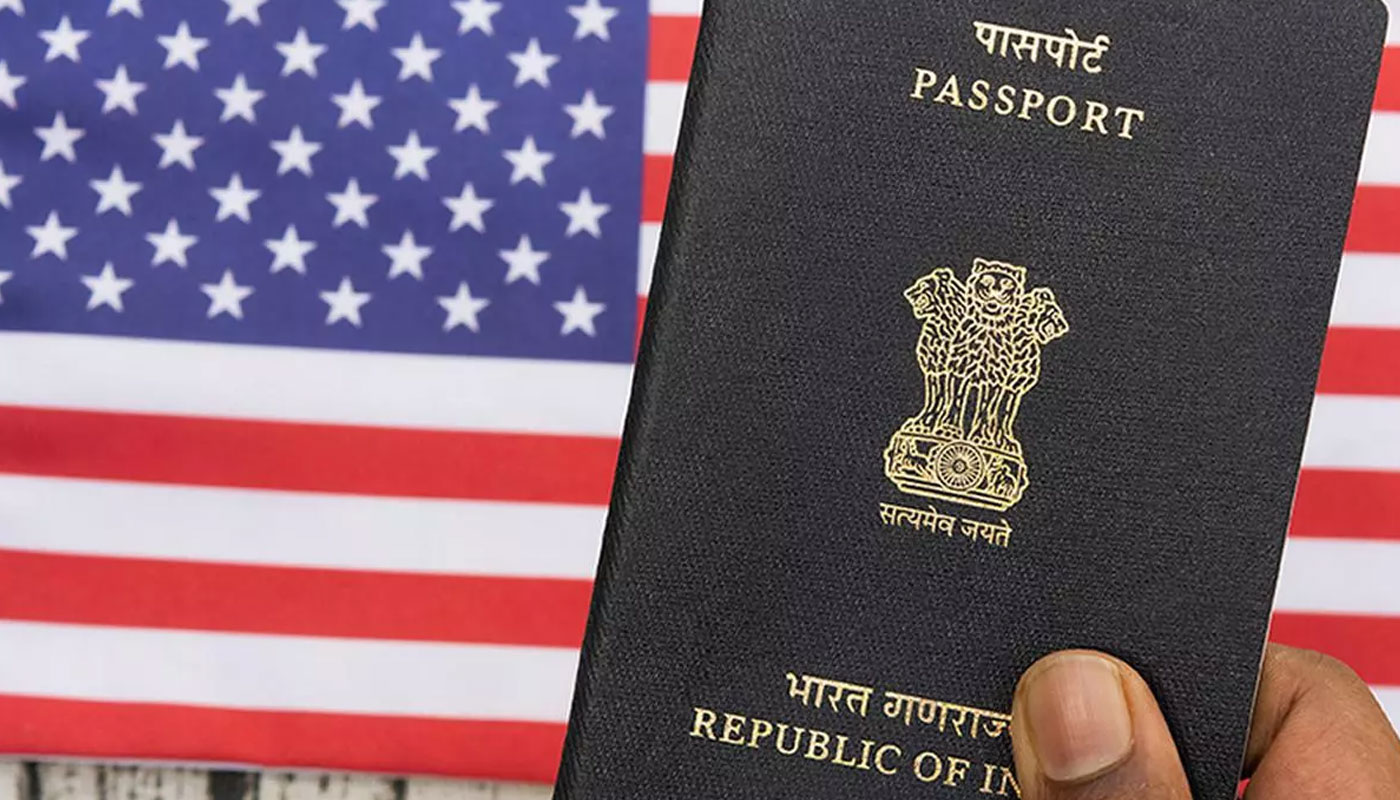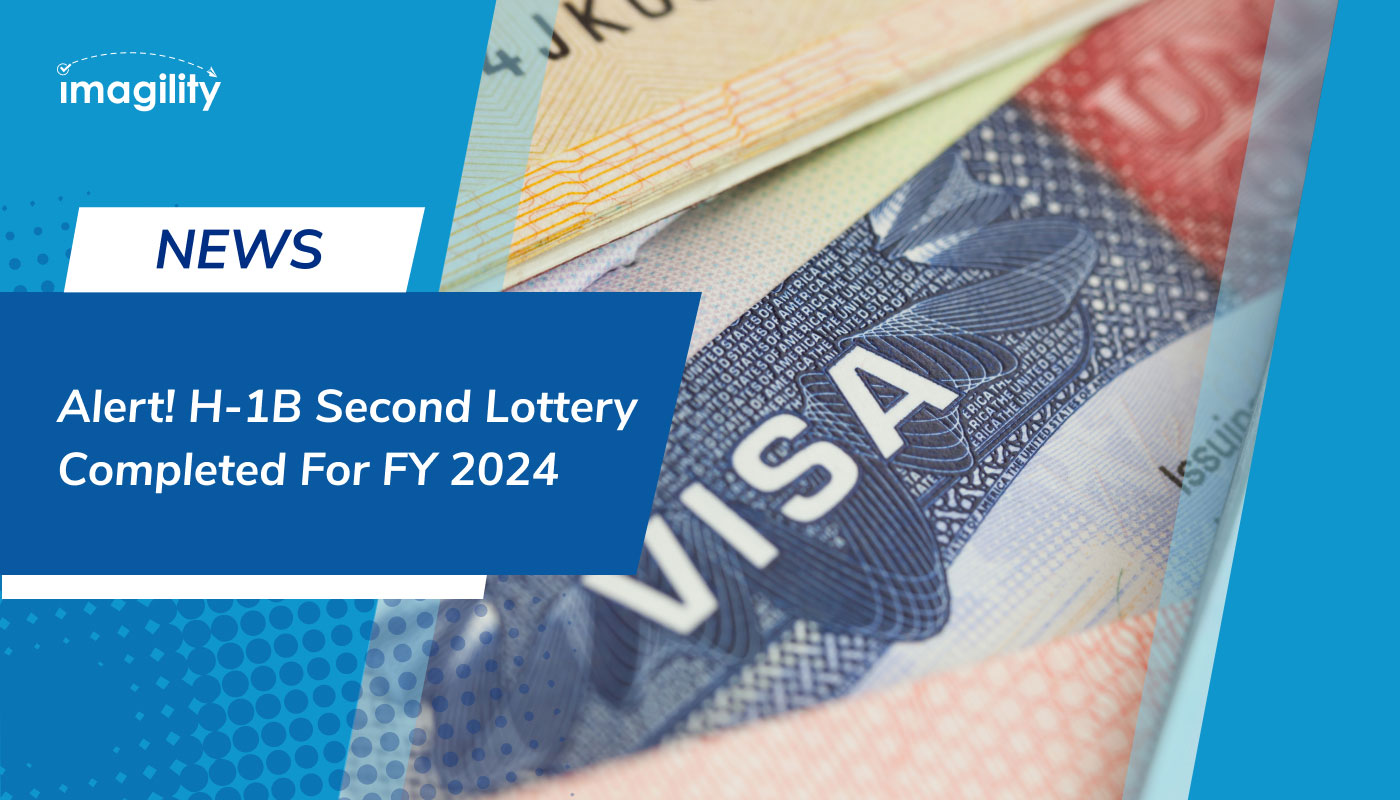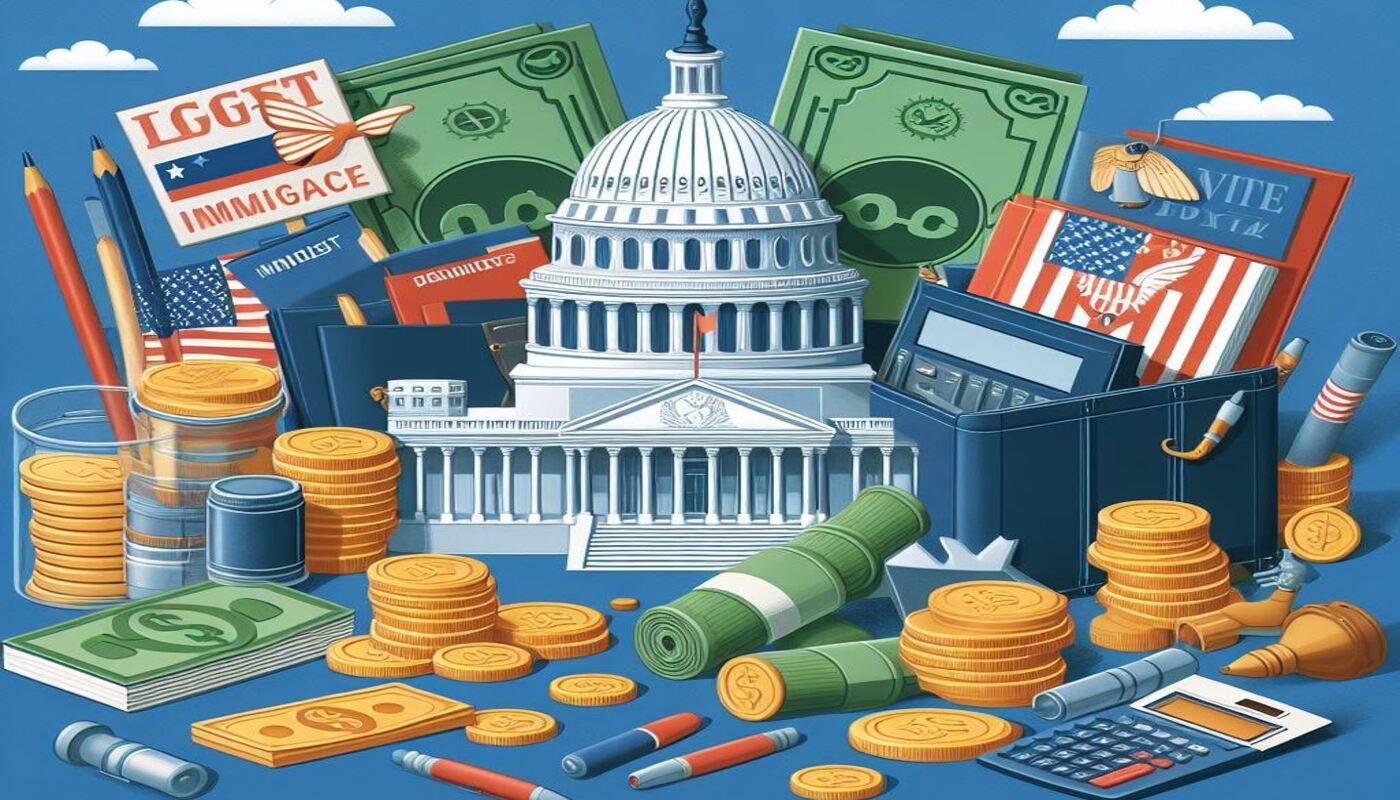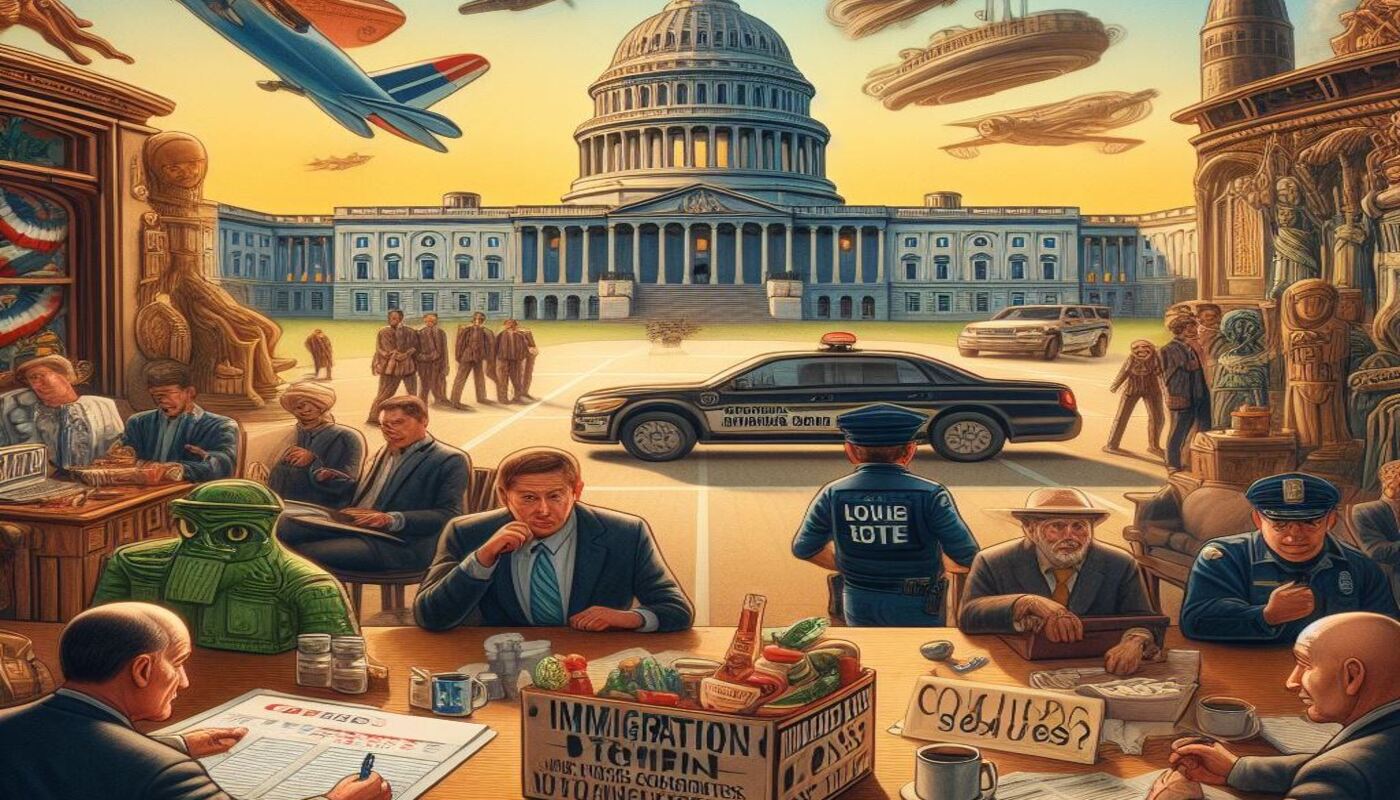On September 12, 2023, the U.S. Citizenship and Immigration Services (USCIS) issued new guidance to clarify how it assesses evidence for determining eligibility in two EB1 immigrant subcategories, specifically for individuals with extraordinary ability (EB1(b)). This update aims to offer clearer instructions on the types of evidence required for EB1 petitions, providing petitioners and beneficiaries with insight into the USCIS’s evaluation criteria.
Background
To qualify for the EB1(a) or EB1(b) immigrant categories, foreign nationals must meet a substantial evidentiary standard, as detailed in the MurthyDotCom NewsBrief, “Do I Qualify for EB1?” (20.Oct.2021). Without explicit guidance on sufficient evidence, petitioners often faced uncertainty about the strength of their submissions. The USCIS, by incorporating detailed instructions into its Policy Manual, intends to guide petitioners in presenting more robust EB1 petition filings.
Key Points from the New Guidance
The updated policy guidance outlines the evidence that may fulfill the required criteria for EB1(A) or EB1(B) petitions, providing examples of specific evidence and qualifying comparable evidence. It delves into how USCIS officers will evaluate certain evidence, particularly in the science, technology, engineering, or mathematics (STEM) fields. Recognizing the significance of STEM professionals for U.S. leadership and the economy, the Biden administration has emphasized their importance.
The guidance breaks down each of the ten fundamental criteria for determining EB1(a) eligibility and the six basic criteria for EB1(b), discussing how each criterion will be assessed by the USCIS. Examples are provided for each criterion, along with insights into how officers are expected to evaluate them. Additionally, the update includes a discussion on possible comparable evidence to establish eligibility.
Conclusion
While this USCIS Policy Manual update doesn’t mark a significant change in the substantive requirements for qualifying in the EB1(a) and EB1(b) categories, it does enhance clarity on how USCIS officers should review these cases. This increased clarity aims to support stronger EB1 petition filings and reduce inconsistent decision-making by the USCIS.
Source: Murthy




















